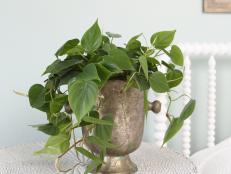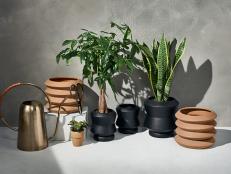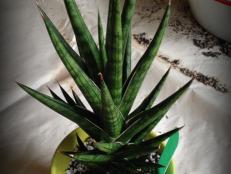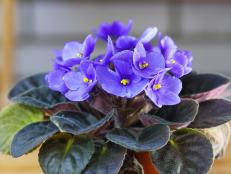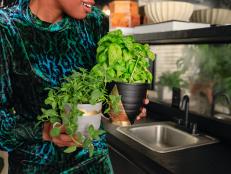1 / 14
Calling All Brown Thumbs!
Say goodbye to wilted plants once and for all. Veronica Peerless' How Not to Kill Your Houseplant is the ultimate guide to growing plants indoors, featuring helpful growing tips for 119 houseplants. We picked out some of the most common houseplant mistakes to help get your indoor garden back on track.






